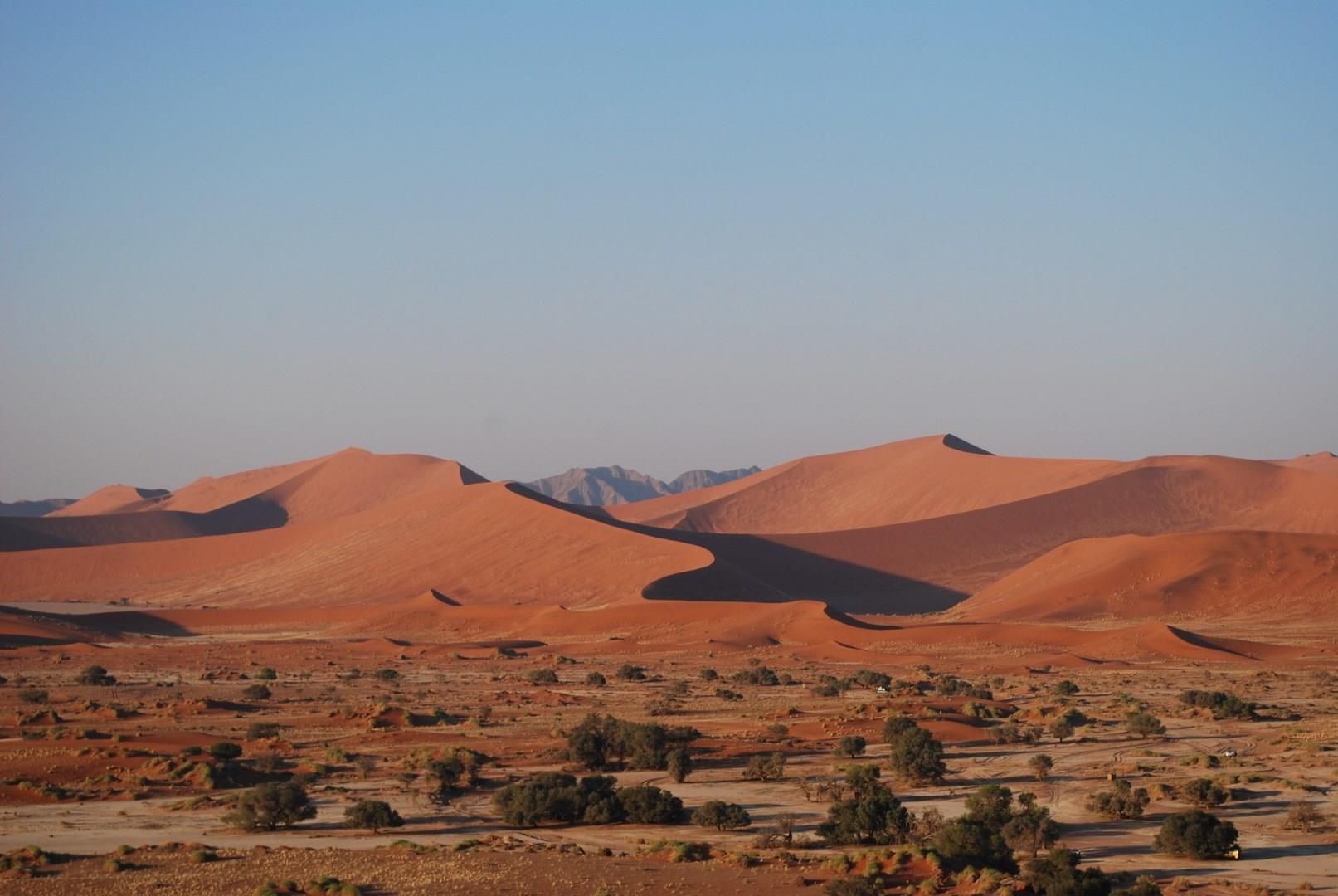

Shimizu
Shimizu, a picturesque port in Shizuoka City, offers stunning views of Mount Fuji on clear days. Shimizu is known for its rich maritime history, and a culinary highlight is its fresh seafood, particularly tuna. The port boasts the highest tuna catch in Japan, making it a prime destination for sushi fans.

Sesriem
Sesriem, located in the heart of Namibia’s Namib Desert, serves as the gateway to the world-famous Sossusvlei and Deadvlei, two of Namibia’s most iconic landscapes. The dramatic red dunes of the Namib Desert, some of the highest in the world, are an awe-inspiring sight, particularly at sunrise when the light casts long shadows, creating an otherworldly contrast of colors.

Lake Titicaca
Traditionally regarded as the highest navigable body of water in the world (in reality there are higher lakes in Chile and Peru), Lake Titicaca is immense: its dimensions measure 233km from north-west to south-east and 97km from north-east to south-west. The lake has an indented shoreline, 36 islands and exceptionally clear sapphire-blue water.

Jaisalmer
Jaisalmer, known as the "Golden City" of India, rises from the sands of the Thar Desert with a breathtaking display of medieval architecture and vibrant culture. Dominated by its imposing fort, the Jaisalmer Fort, a UNESCO World Heritage Site, this city is a striking example of Rajput architecture.

Mongolia
Mongolia's capital and largest city Ulaanbaater, includes many points of interest: Mongolia's State Archives and State Public Library, which contains about 3 million volumes; the State Central Museum, which contains art treasures and antiquities; the Fine Arts Museum, with a collection of painting and sculpture; two museums with items from the revolutionary movement; and the Museum of Religion, with a collection of Lamaist relics.
